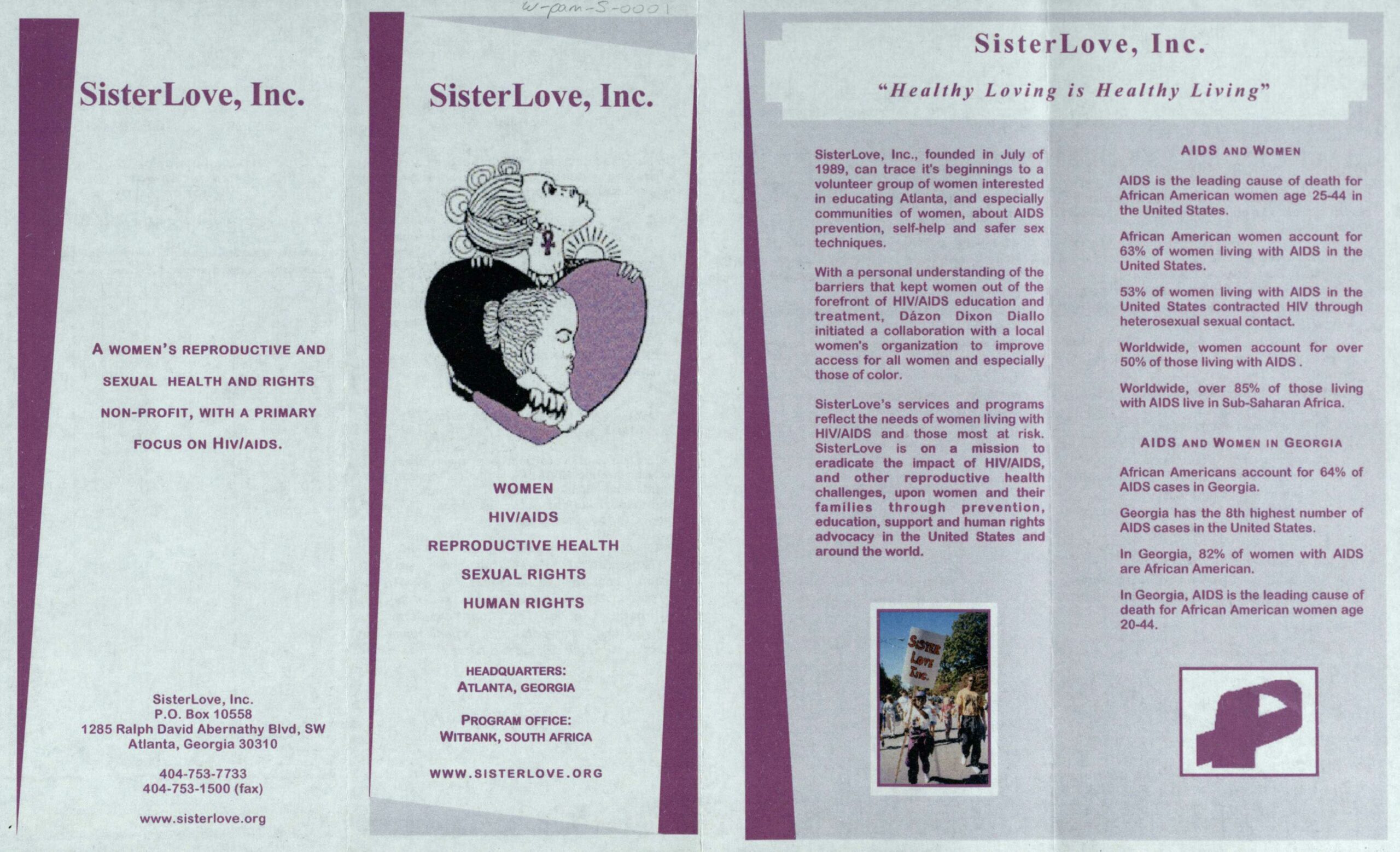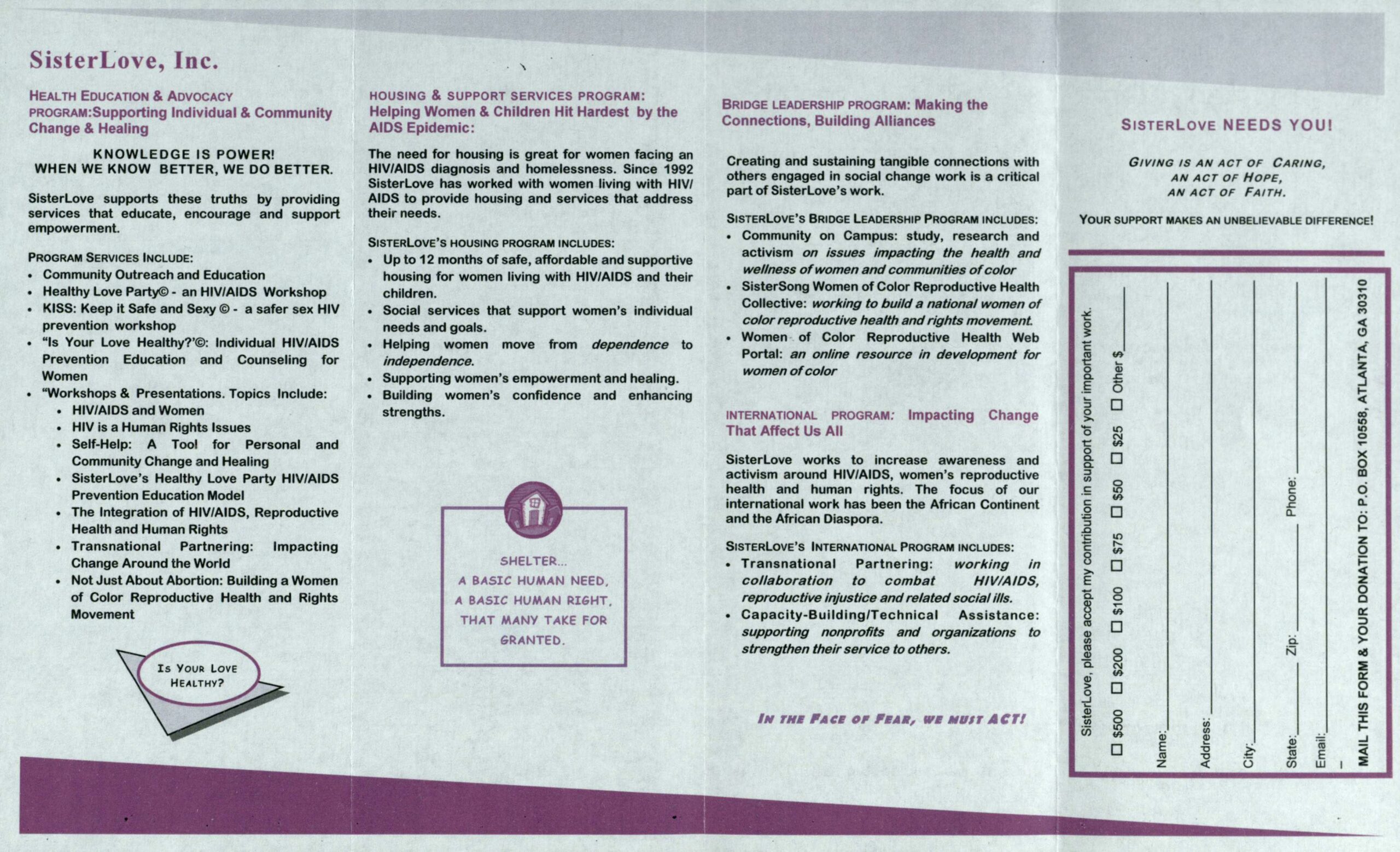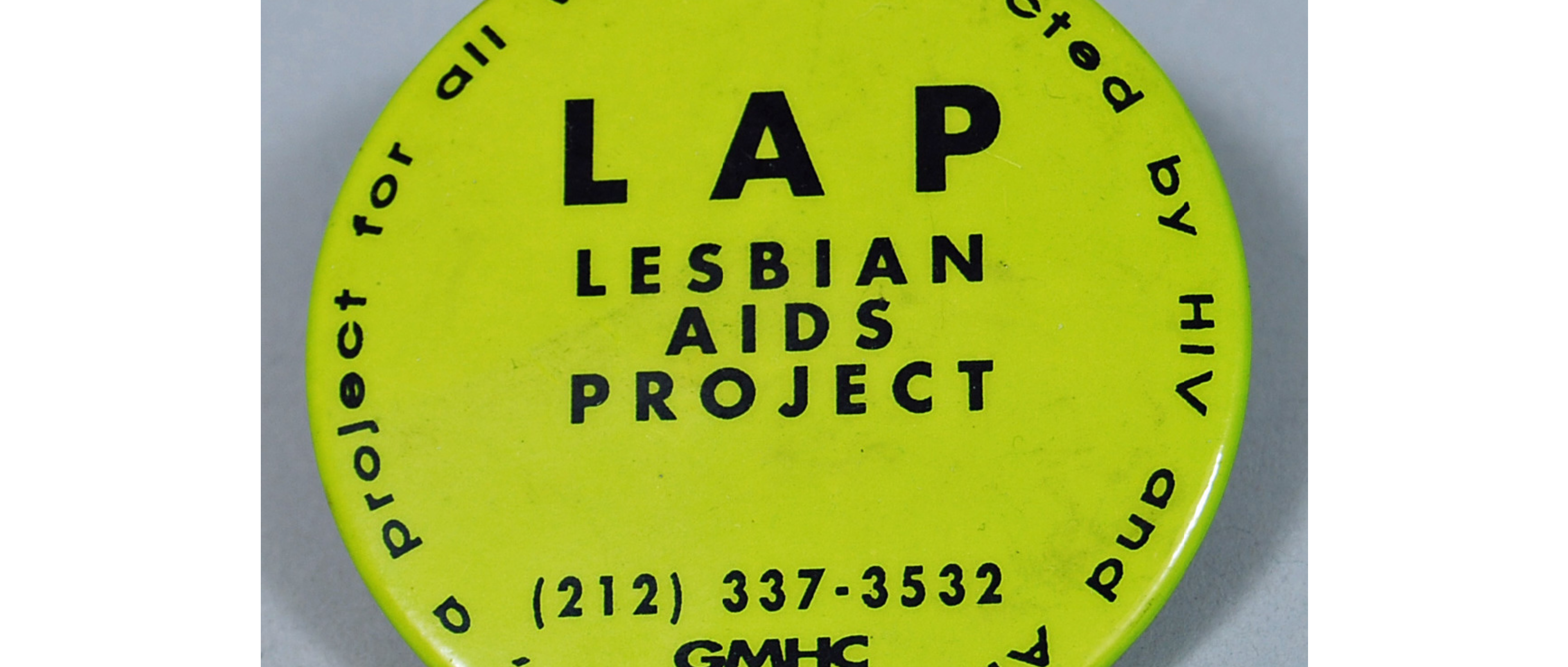Background
Acquired immunodeficiency syndrome (AIDS) was first officially reported in the United States in the early 1980s. The disease is caused by the human immunodeficiency virus (HIV) and leads to serious illness, and frequently, death. HIV spreads through sexual contact, blood transfusions, and contaminated needles used for drugs. By 1984, over 3,500 Americans had died from the disease.
Since AIDS was most prevalent within marginalized gay communities, many inaccurately assumed the disease’s impact was limited to gay men. Lack of knowledge about the disease and discrimination against the gay community delayed and hampered the government response to the growing public health crisis. As a result, in the early years of the AIDS crisis, educational efforts to limit the spread were carried out primarily by local community organizations.
While gay men were disproportionately affected by the disease, Americans of all sexual orientations contracted HIV/AIDS. Women within the LGBTQ+ community with AIDS felt invisible, even when public and government support for AIDS patients increased. Grassroots organizations expanded their efforts to provide resources about HIV/AIDS for female-identifying members of the LGBTQ+ communities in the early 1990s.
About the Artifacts
The flyer was produced by SisterLove, an Atlanta-based health advocacy organization that provides resources for women about sexual and reproductive healthcare. Dázon Dixon Diallo, an advocate for women and girls with HIV, founded the organization in 1989. The flyer describes services offered by SisterLove, which includes workshops about HIV prevention, housing, and other support services for women and children with HIV/AIDS.
The button was used to spread awareness about the existence of the Lesbian AIDS Project (LAP). It includes a phone number for assistance. LAP is a part of the Gay Men’s Health Crisis (GMHC), a well-known AIDS support organization founded in 1981. LAP was founded in 1992 in New York City to provide HIV/AIDS support to lesbians. LAP was the first organization to focus specifically on assisting lesbian women in managing and preventing the disease.
Vocabulary
Discussion Questions
- Why were SisterLove and the Lesbian AIDS Project founded? Why was it important for women to create their own support groups?
- What types of events did SisterLove organize? What is the purpose of those events?
- How did organizations like SisterLove and the Lesbian AIDS Project help destigmatize AIDS as a disease?
Suggested Activities
- AP Government Connection: 3.10: Social movements and equal protection
- Include these materials in a lesson about the AIDS crisis. Ask students to consider why lesbians felt excluded from the conversations around HIV/AIDS in the early 1990s.
- Lead a close analysis of the flyer. Ask the students to consider why SisterLove provided these specific services.
- Explore the growing movement of LGBTQ+ activism by combining this resource with the life stories of Audre Lorde and Miss Major Griffin-Gracy.
Themes
ACTIVISM AND SOCIAL CHANGE; SCIENCE, TECHNOLOGY, AND MEDICINE










